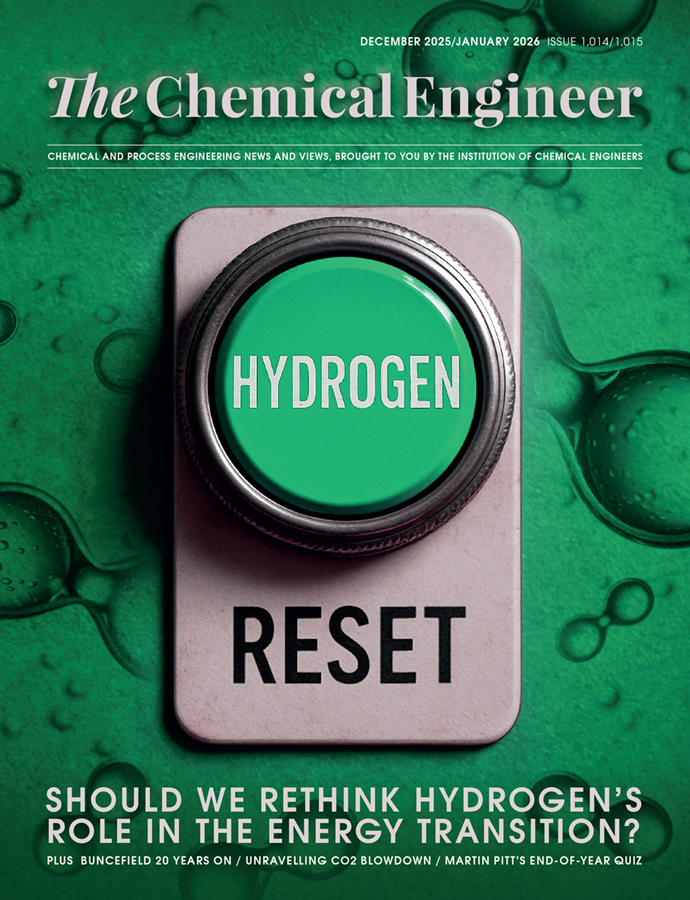gigaCCS research centre opens in Norway to drive gigatonne-scale carbon capture

GIGATONNE-scale carbon capture and storage (CCS) research will be the focus of a new facility in Trondheim, Norway which opened last week.
The gigaCCS research centre will provide a facility for companies and researchers to develop new technology and infrastructure to handle the gigatonnes of CO2 expected to be captured and stored by 2050.
gigaCCS is the latest incarnation of Norway’s national CCS research centre which has been operated by private company SINTEF in various forms since 2008. The centre is funded by the Research Council of Norway as a designated “environment-friendly energy research” centre and will run for eight years. Emphasis will be on upscaling CCS technology to the gigatonne-scale, which CCS advocates consider one of the greatest barriers to widespread commercialisation.
In a video address to the launch event, Norway’s energy minister Terje Aasland said: “We need to achieve gigatonne scale to meet global emission targets. Strong partnerships like gigaCCS are crucial if we are to fight climate change.
“I am excited to see gigaCCS becoming a vital part of our collective action to achieve our shared climate goals.”
Representatives from 39 industrial and academic partners were at the launch event, including energy giants bp, Equinor, and Gassco, cement-maker Heidelberg Materials, and Imperial College London, Oslo, and Bergen universities.
‘The world needs CCS’
SINTEF is a strong advocate for CCS, which in recent years has become a divisive topic, with detractors warning that governments should not be overly reliant on the technology.
SINTEF has been researching CCS since the 1980s and claims that the Intergovernmental Panel on Climate Change’s emissions reduction goals can be achieved with 20% annual growth in CCS capacity.
The gigaCCS centre will be divided into four areas of research: new capture technologies, large-scale CO2 storage, infrastructure, and governance. The centre aims to promote a range of capture technology and will support research in oxyfuel capture, direct air capture, and bioenergy with CCS.
Specific research topics will include CO2 well and network design and leak monitoring as well as identifying new locations and techniques for permanent CO2 storage. Researchers will also look at ways to optimise CCS processes, such as developing models to predict solvent degradation and using AI to design materials. SINTEF says that any AI frameworks developed at the centre will be made available to the public.
SINTEF’s director of energy research Mona Mølnvik said: “In eight years, when the centre concludes, we want to celebrate success – not for ourselves, but because the world needs it.”
Recent Editions
Catch up on the latest news, views and jobs from The Chemical Engineer. Below are the four latest issues. View a wider selection of the archive from within the Magazine section of this site.




